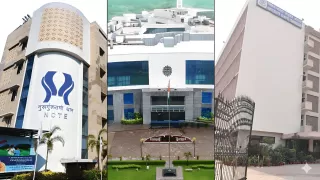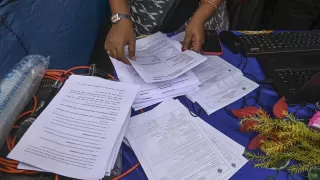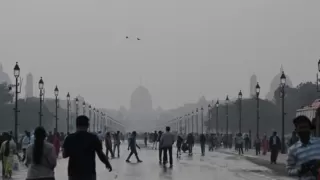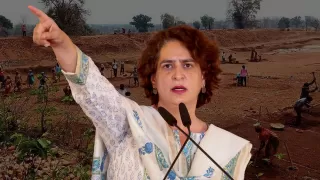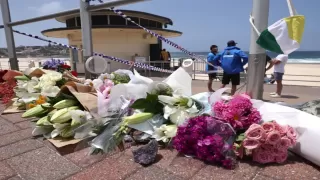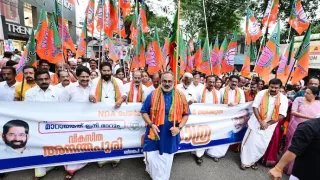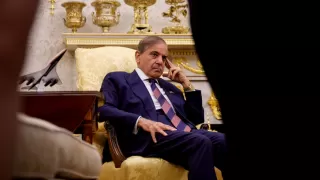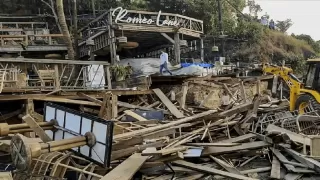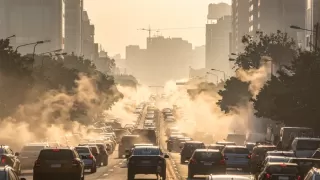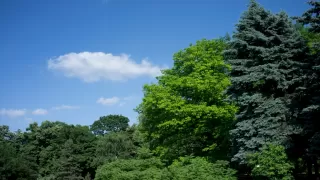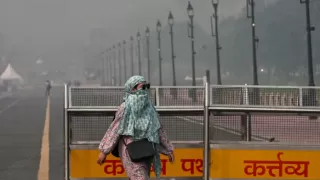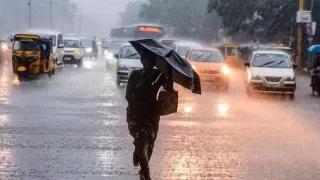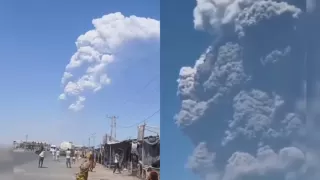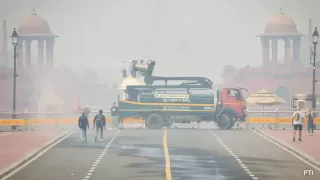Air quality in Delhi has once again become a major concern as layers of smog continue to engulf the city, pushing residents to rely on air purifiers, face masks and altered daily routines. For several days, the national capital struggled under the pressure of deteriorating air quality, forcing authorities to implement emergency restrictions under GRAP Stage III. These included 50 percent work-from-home rules, hybrid learning for schools and strict curbs on construction activities.
However, with the Air Quality Index showing gradual improvement, authorities have now rolled back the GRAP III measures. Delhi’s administration and the Commission for Air Quality Management (CAQM) announced that while the stricter restrictions stand lifted, monitoring and enforcement under GRAP Stage I and II will be intensified to prevent the situation from deteriorating further. This comes at a time when pollution levels, although still in the ‘Very Poor’ category, show signs of stabilizing after several days of severe conditions.
The decision offers partial relief to workers, students and industries affected by the restrictions. Still, experts warn that consistent efforts and stronger preventative steps are needed to stop pollution levels from tipping back into the severe or severe-plus zones. With haze still visible across landmarks like India Gate and Ghazipur, Delhi continues to battle one of its toughest environmental challenges.
GRAP III Restrictions Lifted as AQI Shows Improvement
The CAQM confirmed that GRAP Stage III restrictions, including the 50 percent work-from-home rule and hybrid school classes, have officially been revoked. This comes after data showed a noticeable improvement in Delhi’s AQI over the previous three days. With the AQI dropping from severe levels to an average of 327, authorities deemed it appropriate to withdraw Stage III and return to earlier response protocols.
The official order explained that forecasting models from leading weather and pollution agencies indicated that although the AQI would remain in the ‘Very Poor’ category, it was not expected to fall back into the severe range immediately. These estimates, along with the observed downward trend, guided the final decision. The administration emphasized that public awareness and compliance continue to play an important role in stabilizing air quality.
Focus Shifts to Strengthening GRAP Stage I and II Actions
Even as Stage III restrictions are lifted, CAQM has instructed all agencies to intensify monitoring under GRAP Stage I and II. These stages include preventive actions such as mechanical sweeping, water sprinkling on roads, strict checks on industrial emissions and control of open waste burning. Authorities believe that improved enforcement of these early-stage actions will help maintain AQI levels and prevent a relapse into emergency conditions.
Importantly, the CAQM order made clear that construction and demolition units that were previously shut due to violations will not be permitted to resume operations. This ensures that non-compliant activities, which significantly worsen particulate pollution, remain curbed until full adherence to environmental norms is achieved.
Current Air Quality Levels Across the City
Despite a slight improvement, pollution levels remain worryingly high. On Wednesday morning, the city recorded an average AQI of 337 at 7 AM. Areas such as India Gate and Ghazipur registered even higher values, with AQI readings of 358 and 363 respectively. These figures reflect heavy smog, reduced visibility and continued health risks for residents, especially vulnerable groups such as children and the elderly.
The haze observed across major parts of the city is a reminder that even in the ‘Very Poor’ category, air pollution can trigger respiratory issues, irritation and reduced outdoor activity. Weather conditions and low wind speed continue to trap pollutants, making it essential for citizens to remain cautious.
Impact of Earlier Stage III Restrictions
Before the rollback, GRAP Stage III had brought strict actions into effect. The Delhi government mandated 50 percent work-from-home rules not only for government offices but also private workplaces—an uncommon move that highlighted the severity of the situation. Schools were functioning in hybrid mode, allowing flexibility for students and reducing traffic on roads.
These measures, while disruptive, helped slow down pollution accumulation by reducing vehicular emissions and halting dust-heavy construction activities. Government agencies credited the combined effect of compliance, enforcement and weather support for the recent improvement in AQI.
Warnings and Enforcement Measures Still in Place
Even as the city transitions back to milder restrictions, authorities have issued strong warnings against violations. According to environmental guidelines, any breach of directives issued under the Environment (Protection) Act can lead to penalties under Sections 15 and 16 of the Act. This includes fines, closure notices and legal action for repeated violations.
The government has reiterated that maintaining AQI stability is crucial, especially as colder months typically bring higher pollution levels. Agencies are instructed to remain vigilant, ensuring waste burning, high-emission industrial activity and road dust are controlled efficiently.
Revised CAQM Framework for GRAP Implementation
The new order highlights a significant update to the GRAP framework: measures that were earlier associated with Stage 4 will now trigger during Stage 3, and Stage 3 measures will be implemented during Stage 2. This tightening of the action plan ensures that preventive steps are taken earlier, reducing the likelihood of extreme conditions building up.
This revised model aims at proactive pollution control rather than reactive measures. Authorities believe that by activating stronger actions sooner, Delhi can mitigate spikes in pollution more effectively and stabilize air quality during high-risk seasons.
Conclusion: A Temporary Relief, But the Battle Continues
While the withdrawal of GRAP Stage III restrictions brings relief for workers, students and industries, the city remains under pressure to maintain cleaner air. The AQI continues to hover in the ‘Very Poor’ category, necessitating sustained efforts from both citizens and enforcement agencies.
As winter deepens, Delhi’s pollution battle is far from over. The latest decision marks a step forward, but compliance, awareness and stricter preventive action under Stage I and II will determine whether the city can avoid slipping back into severe air quality levels. With the updated GRAP framework in place, Delhi hopes to manage pollution more effectively in the coming weeks.
Also Read: President Attends Grand Constitution Day Event at Sadan





